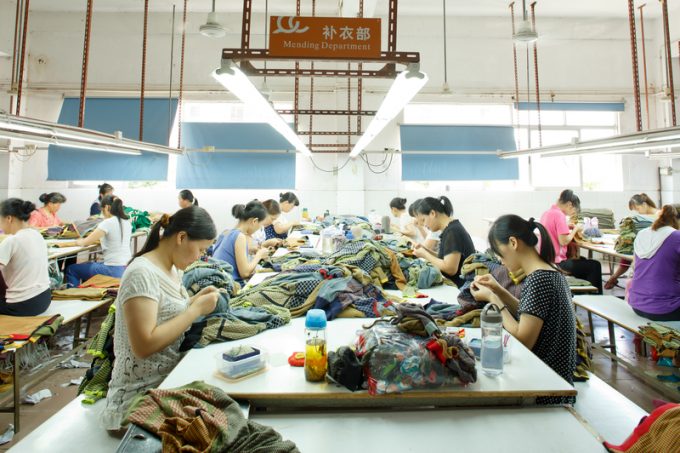'Procurement games': pay up for guaranteed uplift in the next 90 days
Pay to play…

The sourcing shake-up sparked by the US-China trade war means logistics service providers could become the “heroes” of the apparel industry.
According to Jane Singer, managing director of apparel intelligence firm Inside Fashion, the major impact on China from the US tariffs has not been a shift in production, but the growing risk of worldwide political instability and the need to diversify supply chains.
“We can clearly see the movement out of China has not been just because of the recent tariffs,” ...
Maersk u-turn as port congestion increases across Northern Europe
Apple logistics chief Gal Dayan quits to join forwarding group
Maersk Air Cargo sees volumes fall as it aims for 'margin in favour of revenue'
Airlines slash freighter capacity post-de minimis, but 'the worst is yet to come'
Houthis tell Trump they will end attacks on Red Sea shipping
Transpac rates hold firm as capacity is diverted to Asia-Europe lanes
MSC revamps east-west network as alliance strategies on blanking vary
India-Pakistan 'tit-for-tat' cargo ban sparks sudden supply chain shocks


Comment on this article